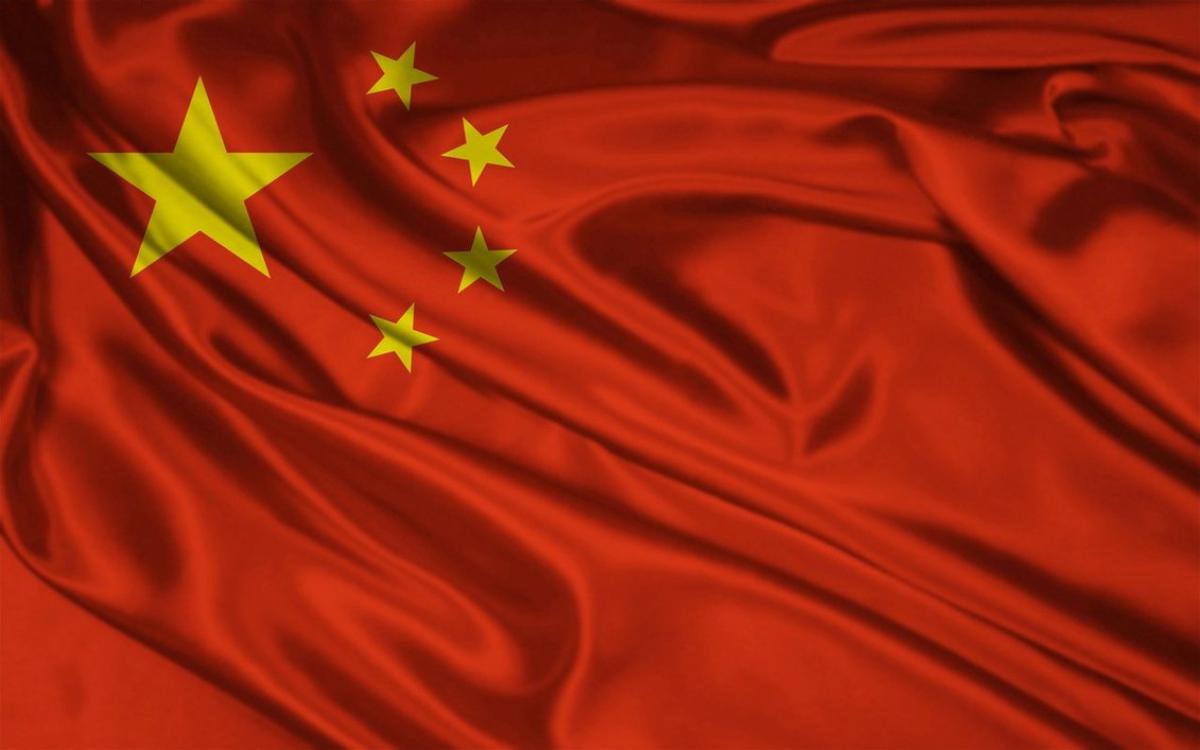
The People’s Republic of China is a sovereign country located in East Asia. It has the most numerous population in the world of more than 1.35 billion. The country’s geographical position provides a wide range of features such as lakes, rivers, long distances of coastline, deserts, grassland, high mountain ranges.
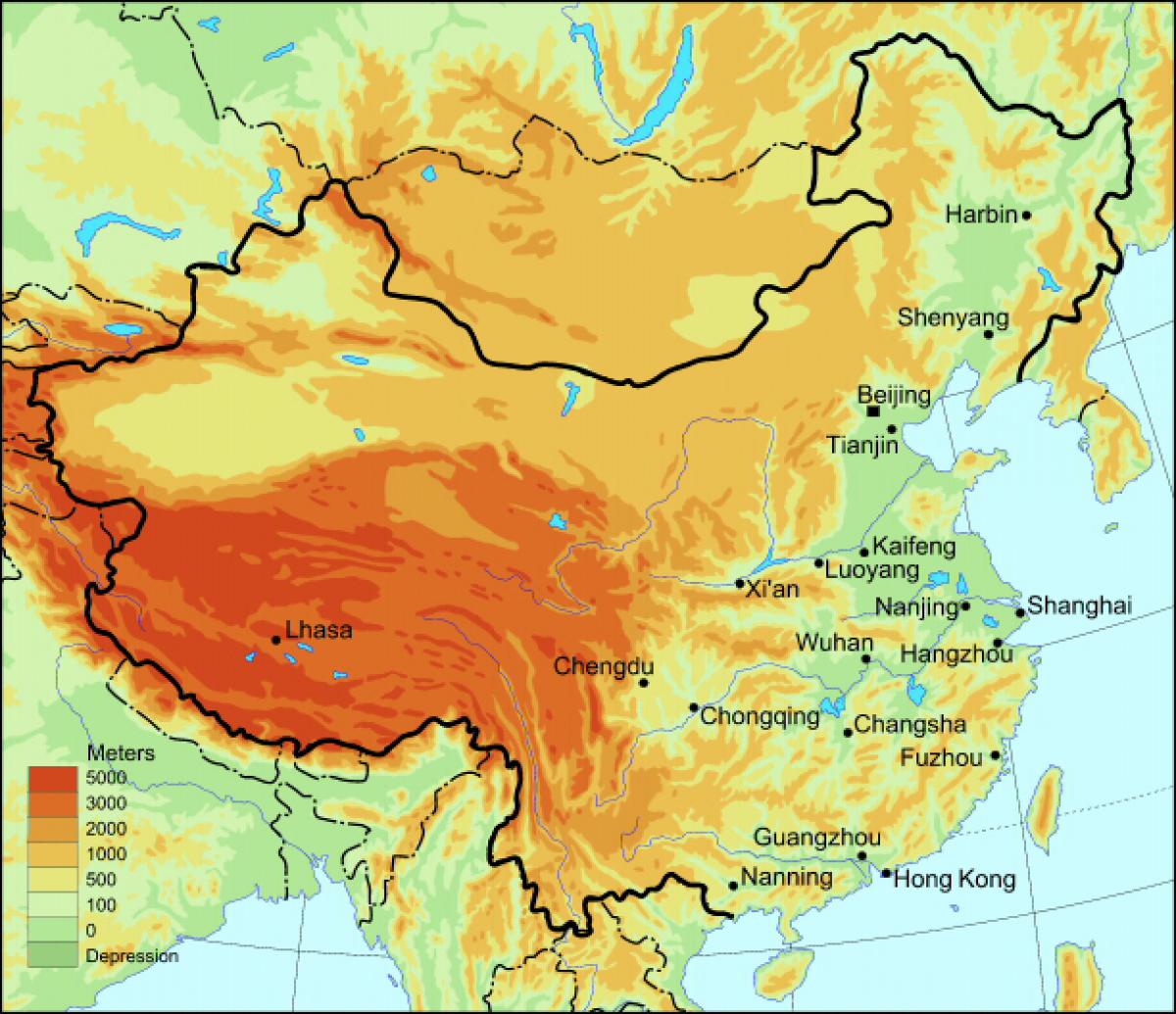
China is a state governed by a single party – the Communist Party of China; the government is seated in the capital city of Beijing, and Shanghai is a global financial centre and the country’s biggest city. Although China has suffered from numerous declines throughout the years, the economic reforms from 1978 restored the state’s balance, and what is more, China has revived in order to become one of the fastest developing industries and economies in the whole world.
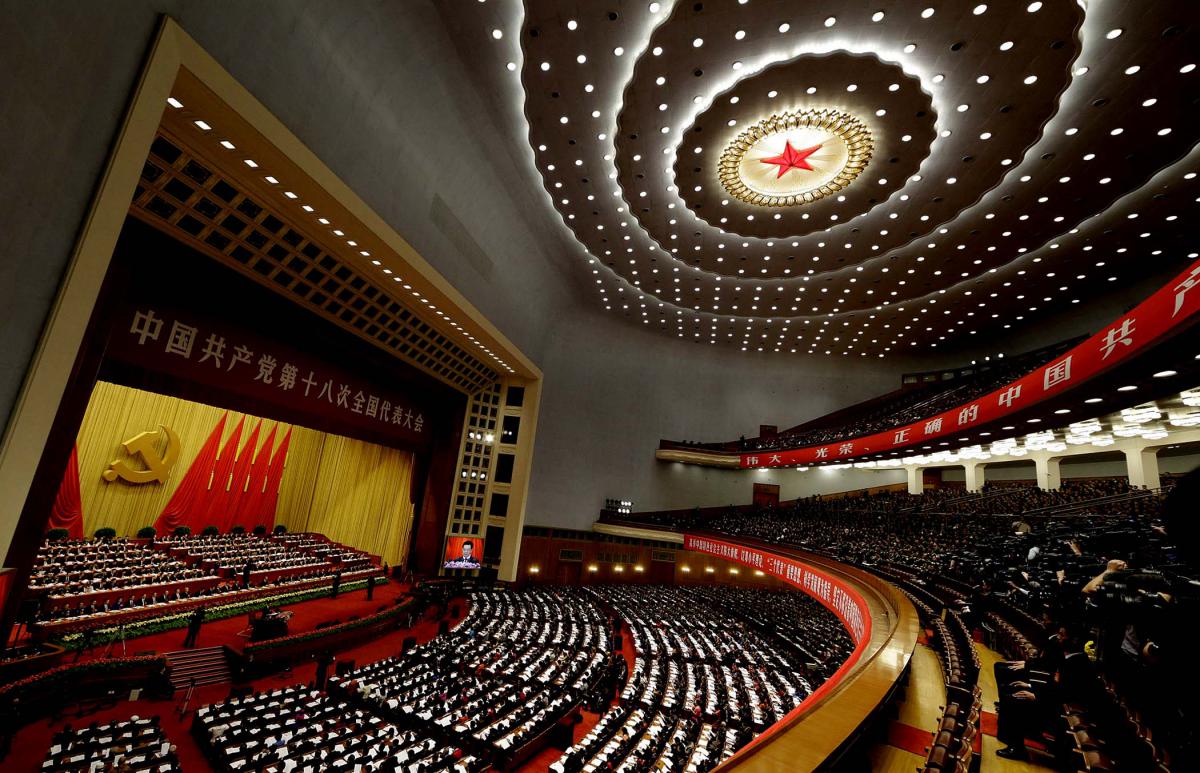
How come China has become such a powerful industrial giant?
New government policies and laws
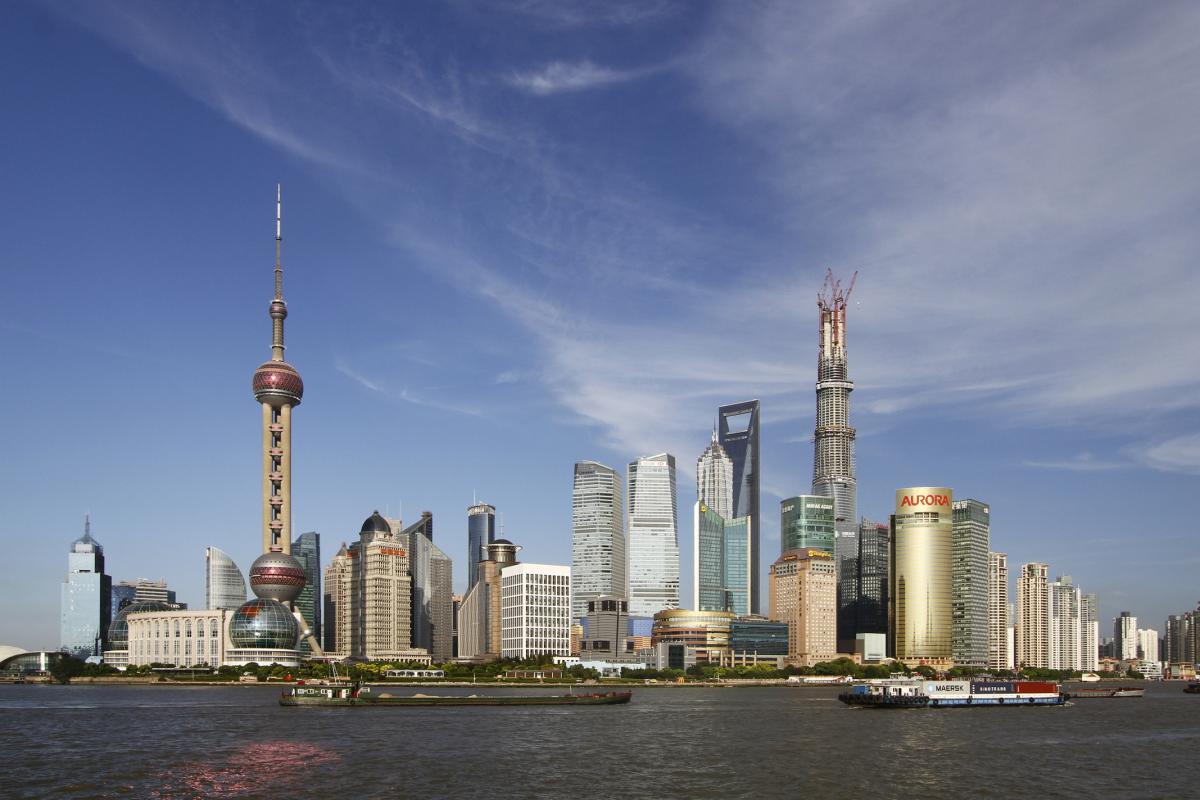
The end of the Chinese economic isolation had to be marked by the attraction of many foreign investments into the country’s economy. Chinese entrepreneurs and business people were encouraged by the introduction of new government legislation and business policies such as tax incentives, including lower taxes and business fees. The second largest country in the world had to be awaken for new economic horizons in order to become the world’s largest exporter of goods and second largest importer. The establishment of special economic zones was another stimulus and motivation for business-making. People have developed new interests and necessities since the introduction of the one-child policy, the main objective of which was to decrease population levels so that economic growth could be achieved. As a result, people’s lifestyle and living standards were increased, and electrical household appliances, automobiles, air conditioning systems, computers and mobile phones were more and more demanded.

Urban households managed to increase incomes
A three-fold soaring of income was accounted for from 1993 to 2001. 500 million people inhabit the big cities, so this enriching urban population evoked for multiplication of consumer goods and all types of items, which had to be produced by the Chinese economy.
The Olympic games were a major contribution factor
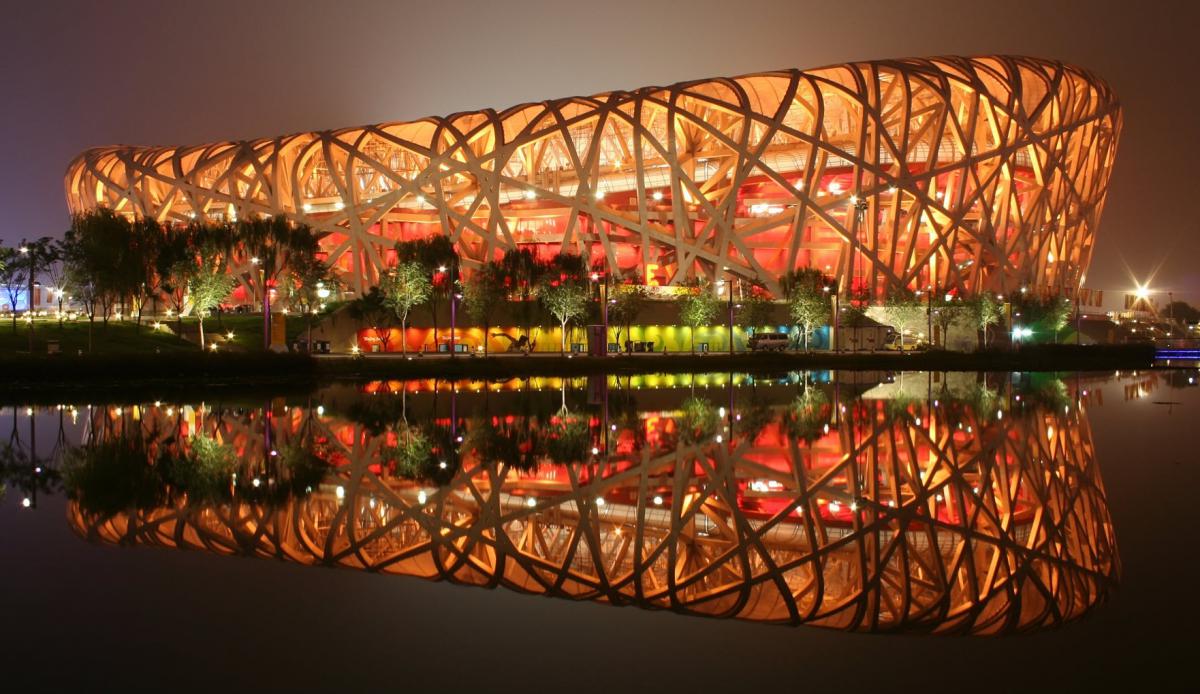
China’s capital city Beijing hosted the 2008 Olympic games – a great opportunity for the nation to demonstrate its powerful potential to the whole world. China was perceived as a friendly and open member of the 21 century world. Further foreign investments and commercial bonds were highly expected and strongly hoped for.
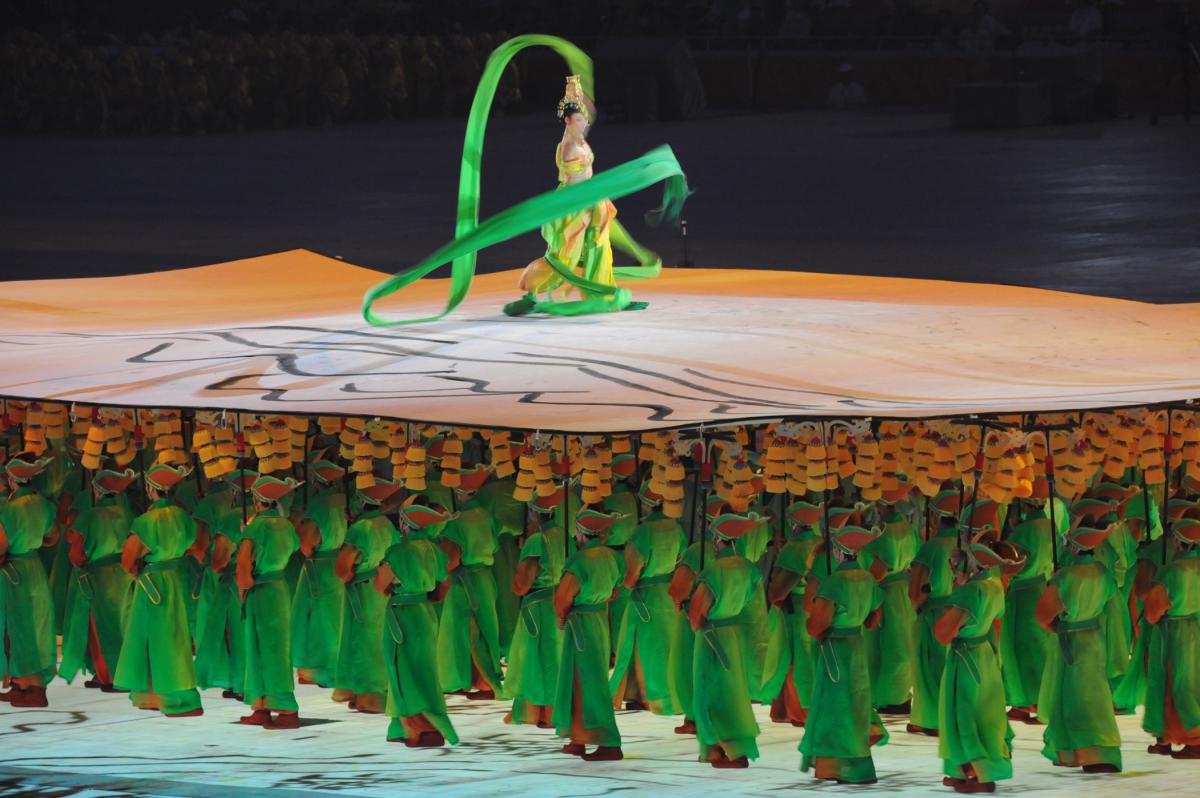
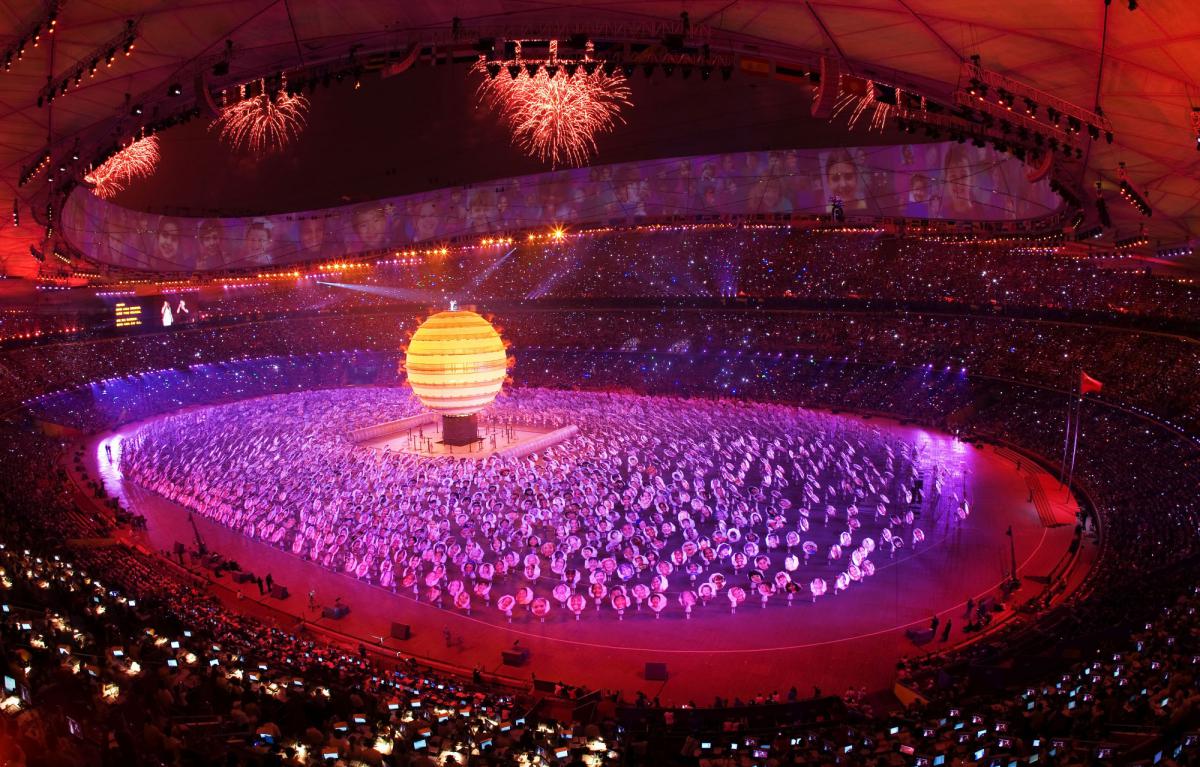
Coal and water
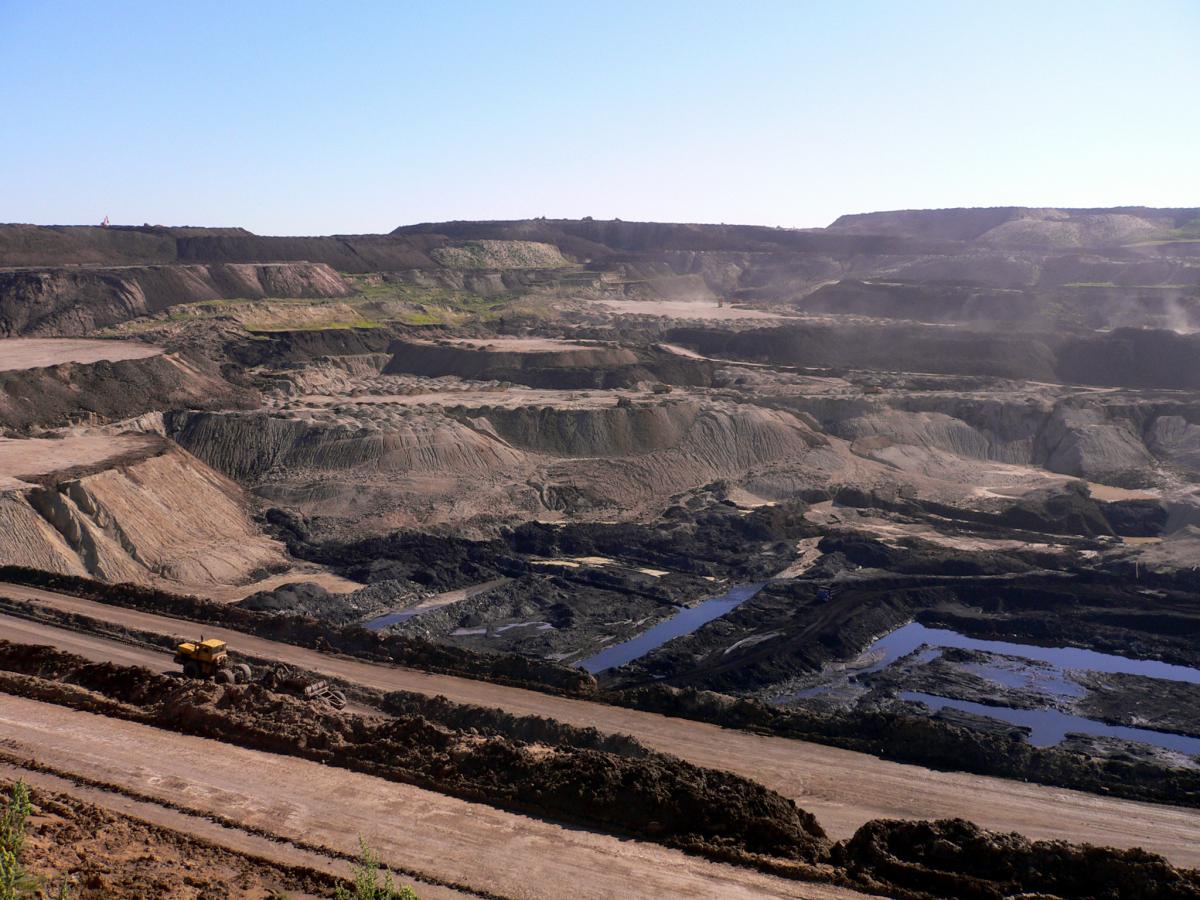
Energy resources are of great need if a nation is to become a fast-growing industrial prodigy. So be it. China successfully maintains its manufacture by electricity mostly generate
d by coal-powered stations. Moreover, the Three Gorges Dam-the biggest in the world- provides the necessary water resources that make China the biggest Hydroelectric Power producer in the world. The recent amassing of national wealth alleviates the ambition to establish and develop new sources of energy.
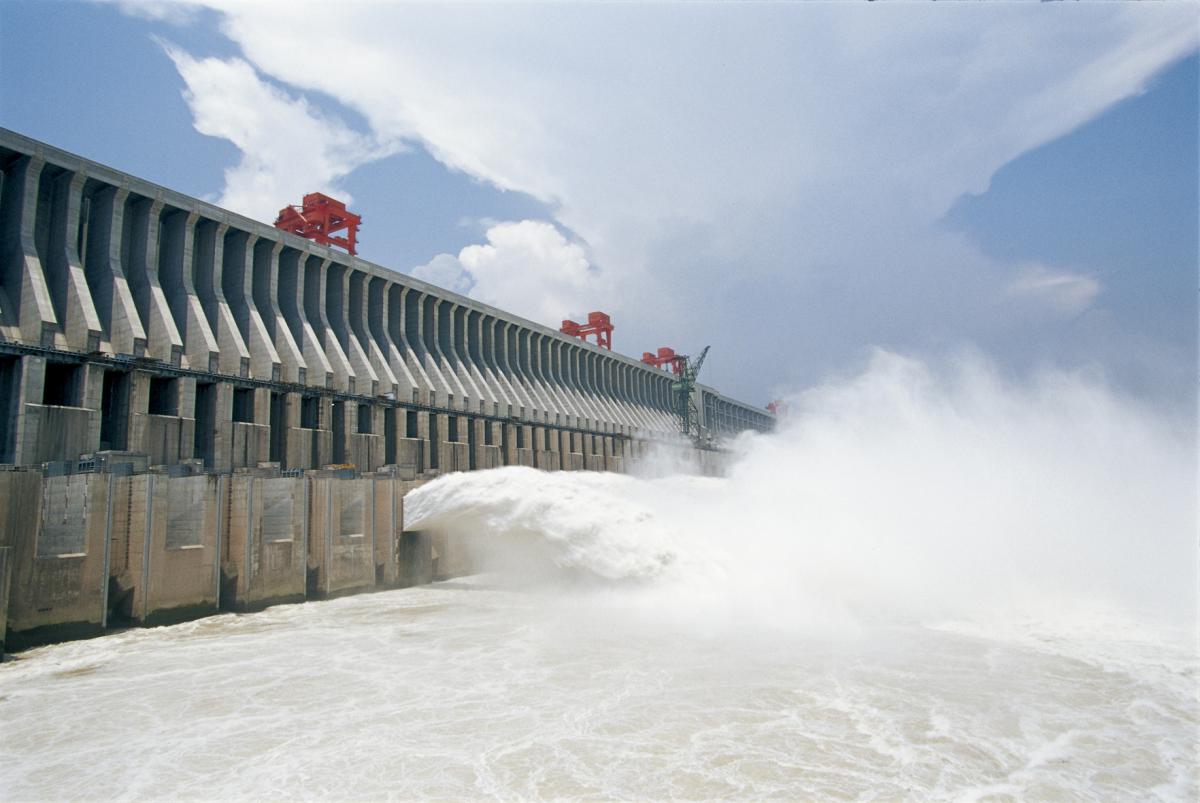
Attractive labor market
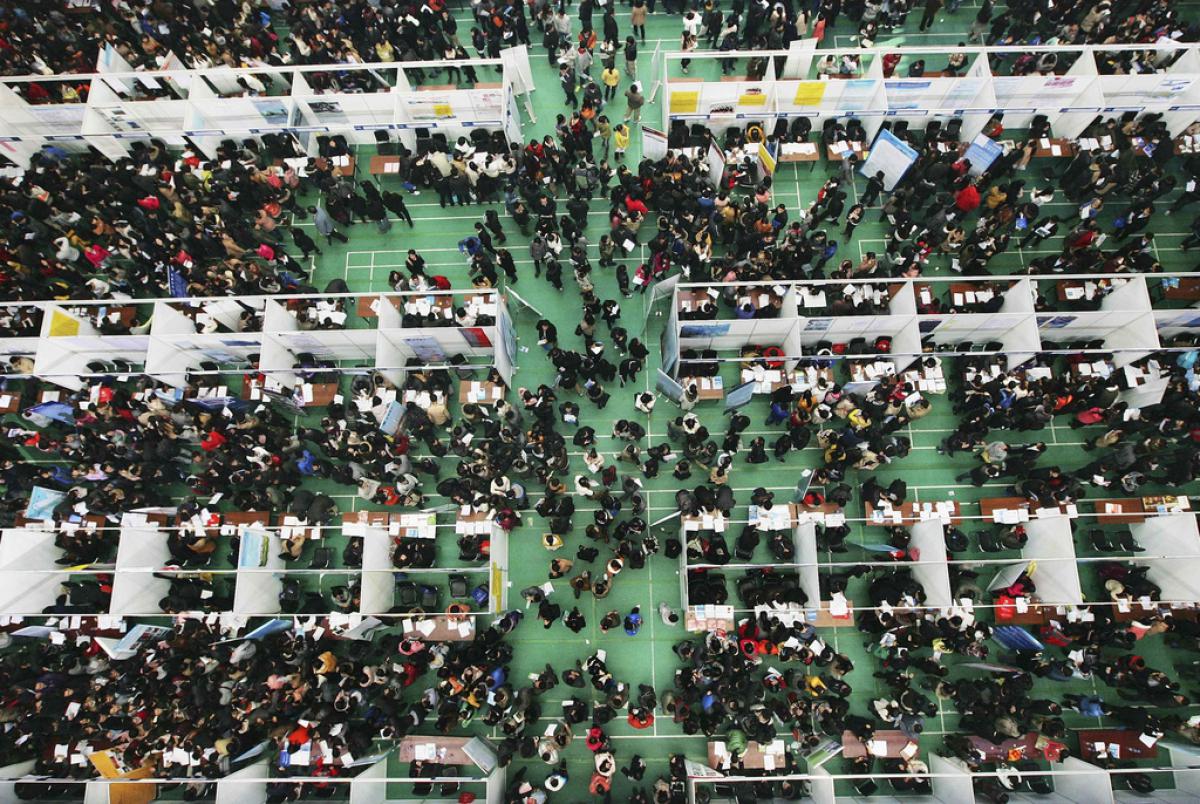
One of the major prerequisites of rising Chinese economy is the cheap labour. Employees are paid 95% lower than those in the USA, for example. Lower salaries for the workers means lower costs and bigger profits for the businesses. So, China has become more and more attractive for factories and companies to be located and established there.
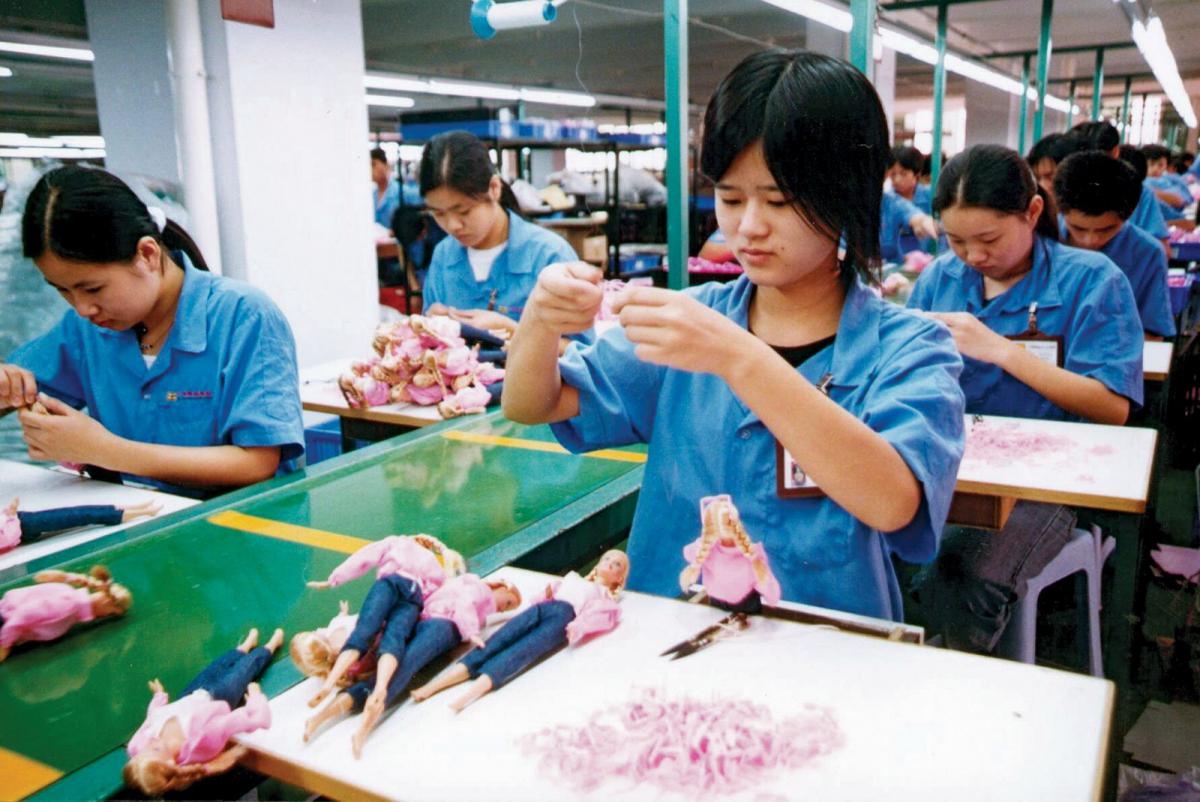
Numbers speak for themselves. Steel production in China rated at 20 % of the total in the world. The world’s bicycle industry relies on China, for 60 % of the bikes worldwide are manufactured in the Chinese giant. Ladies watch out! Half of the world’s shoes have been made in China. Almost 50 % of the clothes in the world are labeled ”made in China”. Let alone the growing Chinese production of mobile phones and cars. No wonder China is referred to as the workshop of the world.
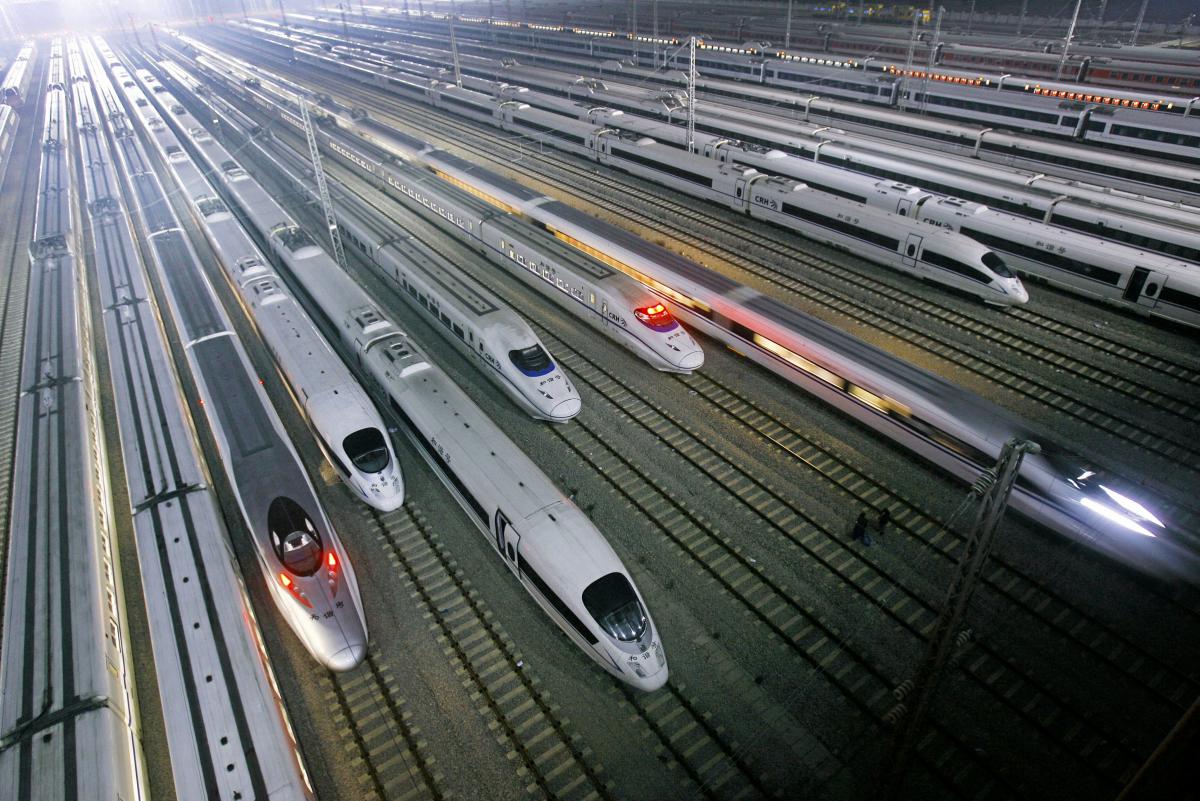
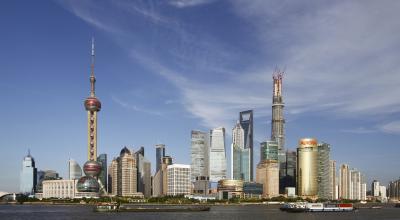
Leave a Reply